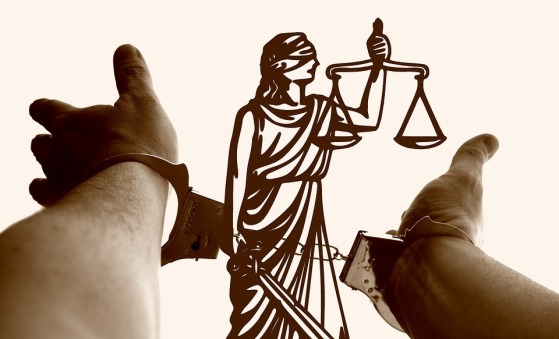Facebook has reversed a previous decision to reject an advertisement featuring an image of Jesus crucified on a cross, saying the removal had been a "mistake."
The advertisement, which shows Jesus nailed to the San Damiano cross, was one of 10 posted by the Franciscan University of Steubenville on Facebook to promote its master's degree program in theology.

A university spokesman said that Facebook rejected the advertisement because it contained a "shocking, sensational, and excessively violent" image.
"It may have been the algorithm or a low level staffer who has something against Christianity. For whatever reason, Facebook rejected the cross," Tom Crowe, the web communications director of the university, told Fox News.
Following the removal of the image, the university responded in a blog post explaining the crucifixion of Christ was indeed shocking and the "most sensational action in history."
Facebook reportedly backtracked on Monday and approved the advertisement. On Wednesday, the social media giant issued a statement explaining that the ban was a "mistake."
"Our team processes millions of ads each week, and sometimes we make mistakes. This image does not violate our ad policies. We apologize for the error and have already let the advertiser know we approved their ad," a Facebook spokesperson said.
Crowe surmised that the rejection was not caused by Facebook's algorithm because the website had approved other advertisements that contained the same image. He believes that it was done by a "low-level staffer who skims many, many ads and just had something personal against this one."
"I'll reiterate that I'm not claiming systemic religious bigotry at Facebook, but in this case it seems something like that happened in a one-off situation," he said.
Crowe also spoke to Fox News about the significance of the San Damiano cross, which is said to be the icon through which God spoke to St. Francis, who founded the Franciscan order.
In contrast to other images of Christ, the San Damiano cross does not show Christ in agony as San Franciscans believe that the crucifixion signifies his glory and reign.
The garment worn by Christ in the image is what some believe to be the same clothing worn by Jewish priests when they offer sacrifices in the Temple. It is said to be a representation of Jesus as the high priest, the sacrifice of the Father, and the fulfillment of the covenant.




